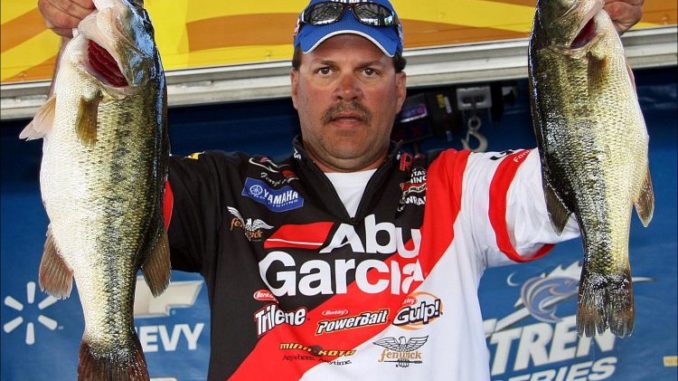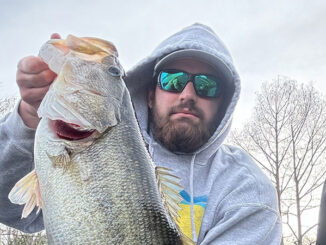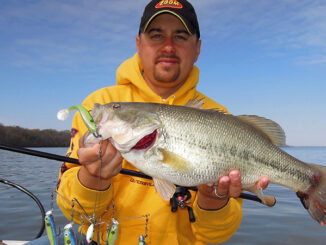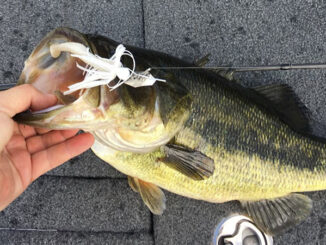
Most bass anglers wait anxiously all year for the spring spawn, and then head straight to the banks of their favorite lake to pluck big girls off their beds.
But one Louisiana touring pro said ignoring the depths can be a big mistake this time of year.
“Usually from January until the first part of May, I stay in water anywhere from 15 to 25 feet (deep),” said FLW Tour’s George Jeane Jr., who cut his teeth fishing Toledo Bend.
In fact, Jeane even ignores the deeper spawning flats.
“If you catch one of those fish, you’re not targeting them,” he said. “You’re just getting lucky.”
Instead, he focuses on travel routes — namely small underwater creeks — providing access to spawning areas.
“All fish don’t spawn at the same time,” Jeane said. “I’m catching fish that have already spawned and are coming out (into deeper water), and I’m catching fish that are coming in to spawn.”
The first step to success is poring over contour maps of your home reservoir to find submerged ditches that once drained into main creeks.
“These are highways they’re using to come in and spawn, and head out after the spawn,” Jeane said. “A lot of your fish stay shallower after the spawn, but your bigger fish are going to head out to fatten up after the spawn.
“I’m fishing on the freeway.”
Once ditches are identified on the map, it’s time to hit the water to narrow things down even further. Quality electronics — like today’s down-imaging units — allow anglers to really key in on the best spots.
Jeane said he’s looking for drop-offs, but that’s not all he’s searching for.
“I’m watching my depth finder, looking for fish,” he said. “Most of the time it’s a school of fish. A lot of these fish will suspend 18 to 20 feet deep and feed in 12 to 13 feet of water.”
And then it’s just a matter of getting the fish to bite. Jeane has earned a lot of money using suspending jerk baits to trigger big bites.
“You can suspend it down to 6 to 8 feet, but a lot of times I’ll use those (Storm) SuspenDots if the fish are in the bottom of these ditches,” he said.
The key to properly adding weight to a jerkbait is to center the small lead stick-ons on the side of the lure so the action is not affected.
“The first time I tried them, I put the dots on the front of the bait, but that made it stand up,” Jeane said. “I moved them back and the lure worked perfectly.”
He also said line choice is important.
“The lighter your line, the more depth you get,” Jeane said.
He normally uses 10-pound Berkley Trilene Big Game, unless he still can’t get his jerkbait far enough down.
“If I want to get it a little deeper, I throw it on 12-pound Vanish (fluorocarbon),” Jeane explained.
Fluorocarbon line absorbs water, so it helps get extra depth — and it provides an advantage over monofilament.
“It’s got twice the feel that mono has,” Jeane said.
The key is to work the lure parallel to ledges, twitching it down to the proper depth and keeping it in the strike zone as long as possible.
“You have to play with it until you figure out the retrieve,” Jeane said. “They may want two jerks and a pause for four or five seconds, or three jerks and a pause for two seconds.
“Usually the fish will hit it on the pause.”
The bonus is that he normally has little competition.
“Ninety percent of your bass fishermen go in to fish shallow,” Jeane said. “You usually have it all to yourself.”
And once you find some fish, the numbers can add up quickly.
“You’re going to catch a bunch of fish,” Jeane said.


